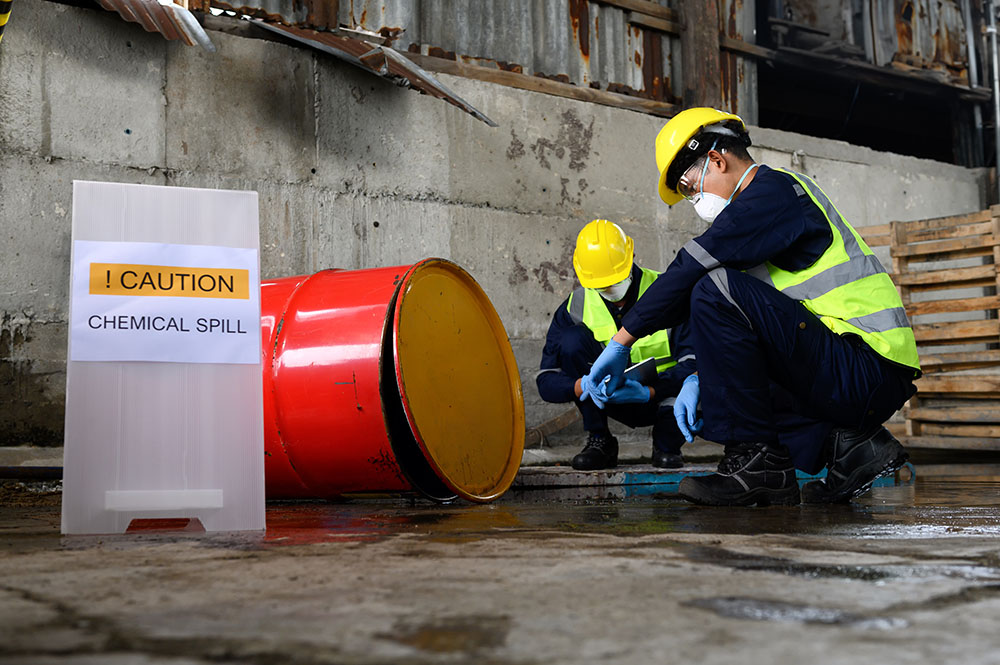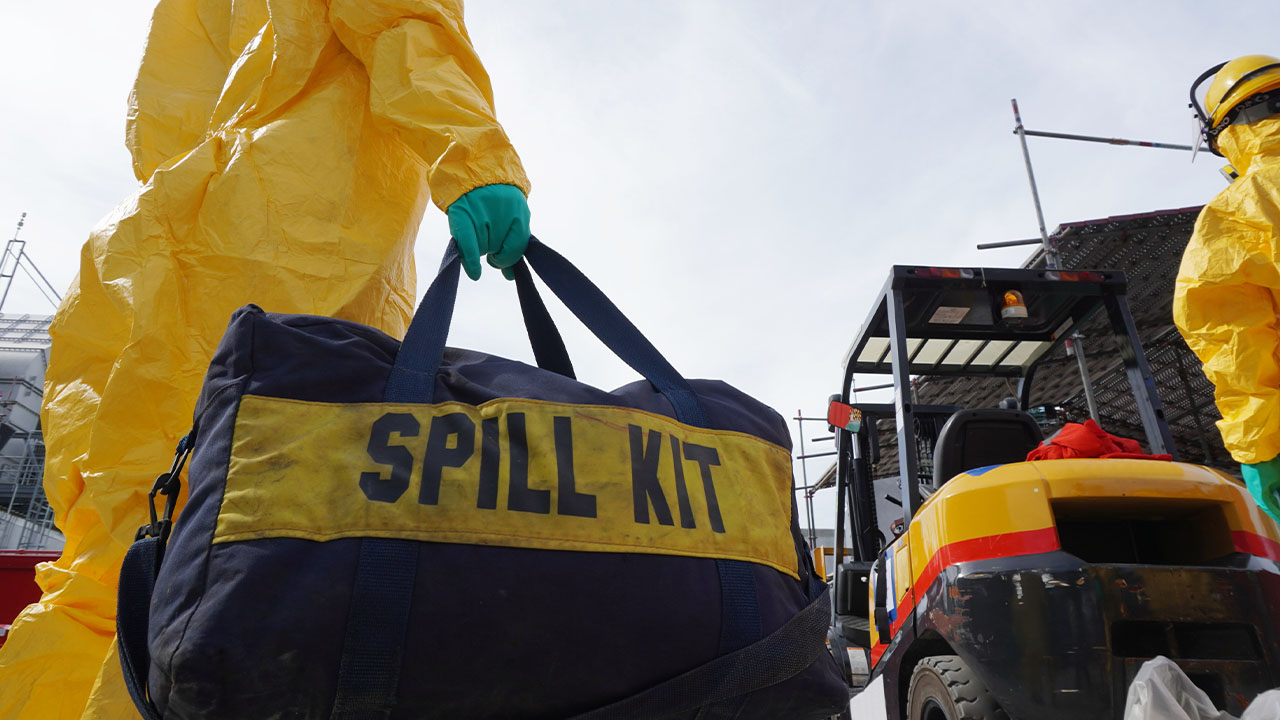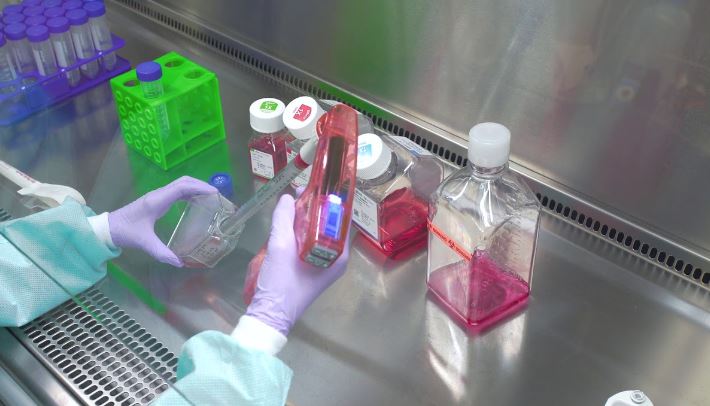Chemical spills can pose significant risks to health and safety, making it essential to know how to manage them effectively. Whether you’re in a laboratory, industrial setting, or working with chemicals at home, having a clear plan can help minimize harm and ensure a quick response. This guide will walk you through the best practices for managing chemical spills.
Understand the Risks
Assess the Chemical
Before addressing a spill, it’s crucial to understand the nature of the chemical involved. Check the Safety Data Sheet (SDS) for information on the chemical’s hazards, required PPE (personal protective equipment), and recommended spill response procedures. Knowing these details helps you prepare for the specific risks associated with the spill.
Identify the Spill Size
Next, assess the size of the spill. Is it a small, manageable spill or a large, hazardous one? This assessment will determine the appropriate response measures. Small spills might be contained with basic supplies, while larger spills may require specialized equipment and external help.

How to Manage Chemical Spills
Explore the Latest Gaming Trends
For those interested in discovering fresh and exciting online gaming experiences, crazyvegas casino new casinos offers a fantastic selection of the newest platforms. These new casinos provide innovative games, generous bonuses, and secure environments for players. Staying updated with the latest options ensures you enjoy the best in online entertainment.
Immediate Actions to Take
Evacuate and Alert
In the event of a chemical spill, the first step is to evacuate the area and alert others to avoid exposure. Ensure that everyone is safely away from the spill site before taking further action. Use alarms or communication systems to notify everyone of the potential danger.
Contain the Spill
Once it’s safe to approach, begin containment. Use barriers like spill containment booms or absorbent pads to prevent the chemical from spreading. For liquid spills, make sure to contain the flow and direct it towards a safe area. Quick containment helps minimize the impact and makes cleanup more manageable.
Clean Up and Decontaminate
Use Appropriate Materials
For cleaning up, use the materials specified in the SDS for the chemical involved. Common materials include absorbent pads, neutralizing agents, and specialized cleaning agents. Ensure that you use the correct materials to effectively neutralize and clean the spill.
Dispose of Waste Properly
After cleanup, dispose of contaminated materials according to local regulations. Place used absorbents and cleaning agents in appropriate waste containers. Following proper disposal procedures ensures that hazardous materials are handled safely and responsibly.
California Expertise and NHL Bets
Cal-Star.com provides reliable guidance, similar to following top NHL strategies. Explore Top NHL Betting Sites for tips. Research and strategy enhance outcomes. Informed decisions lead to success.
Prevent Future Spills
Conduct Regular Training
To improve your response to spills, conduct regular training sessions for all personnel. Training should cover how to manage chemical spills, including proper use of PPE, containment techniques, and cleanup procedures. Well-trained staff are better prepared to handle emergencies effectively.
Implement Safety Protocols
Develop and enforce safety protocols to prevent spills from occurring in the first place. This includes proper storage practices, routine inspections, and maintaining equipment. Regularly review and update these protocols to address any new risks or changes in operations.
Review and Improve
Assess the Response
After managing a spill, take time to assess the response and cleanup process. Evaluate what went well and identify any areas for improvement. This review helps in refining your spill response plan and ensuring better preparedness for future incidents.
Update Procedures
Based on your assessment, update your spill response procedures as needed. Incorporate any lessons learned and ensure that all personnel are informed of changes. Continuous improvement enhances your ability to manage chemical spills effectively and maintain a safe working environment.
Enhancing Safety Protocols in Chemical Handling
At Cal-Star, we emphasize the importance of stringent safety measures in chemical handling to ensure both employee well-being and operational efficiency. Implementing comprehensive safety standards, including proper ventilation and the use of personal protective equipment, is crucial in mitigating risks associated with chemical processes. For those seeking a balance between rigorous safety practices and engaging downtime activities, exploring options like real money online roulette can offer a refreshing diversion. Integrating such leisure activities responsibly can contribute to overall workplace morale and productivity.
Reliability and Performance That Inspire Confidence
Cal-Star is committed to precision, quality, and performance in every product. Similarly, Casino VIP Room Jackpotjill maintains high standards in entertainment innovation and user satisfaction. Both reflect dedication to excellence and reliability.
Play and Win with Real Rewards
Gaming enthusiasts in Australia can explore online pokies Australia real money options for an authentic experience. These games combine smooth gameplay, rich visuals, and the potential for significant payouts. It’s a perfect fit for players who value both fun and fairness.
Safety, Reliability & Trusted Online Information
CALSTAR’s commitment to safety extends to helping users make responsible decisions in all areas of life. For those exploring reputable entertainment directories, newzealandcasinos.io offers verified and well-organized guidance. Awareness and reliability are key to making safer choices.
Conclusion
Knowing how to manage chemical spills is essential for maintaining a safe and efficient workspace. By understanding the risks, taking immediate actions, and implementing proper cleanup and disposal procedures, you can effectively handle spills and minimize their impact. Regular training, safety protocols, and continuous review further enhance your preparedness. Ultimately, a proactive approach ensures that you are well-equipped to manage chemical spills and maintain a safe environment.




